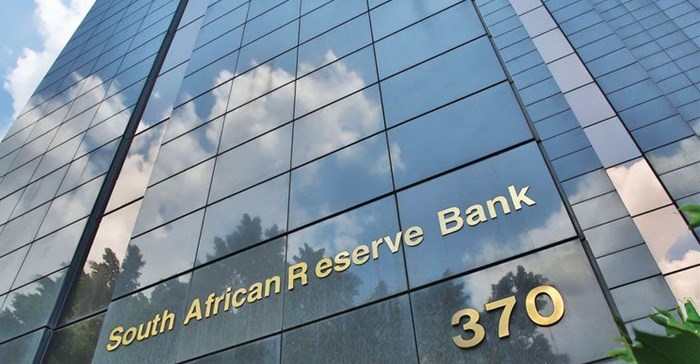
Top stories




Marketing & MediaCammy Msimango on finding her footing in South Africa’s fast-moving digital newsroom
Esther Tomorrow, MDNTV 1 day



The divided vote of 3-2 on the MPC reflects its broad concern that current supply-side shocks will lead to prices acquiring a momentum of their own and thus need an appropriate response from monetary policy now.
The MPC statement recognises that the Russia-Ukraine war has injected a significant new dimension of uncertainty into monetary policy and economic forecasts. The MPC statement confirms that there are now indeed new upside risks to inflation, especially in energy and food prices. Much will, of course, depend on the duration of the supply shocks and how long the Russia-Ukraine conflict lasts. Fuel and food costs are nevertheless expected to significantly rise further during the course of the year.
The latest MPC decision is nonetheless the third successive increase since the SARB began its interest-raising cycle in November 2021 to deal with a deteriorating inflation outlook. A cumulative rise in borrowing costs of 75 basis points since last November, together with likely future rate increases, will inevitably begin to corrode consumer spending and disposable income. Higher fuel prices will also cause slower growth.
The MPC’s revised and better growth forecasts for 2022 may therefore be on the optimistic side. The jury is still out on whether these improved growth expectations will be realised. In addition, if future interest rate rises are too aggressive, the risk of stagflation will increase. A difficult balance has to be kept. Looking ahead, core inflation and wage growth are the key indicators the MPC is likely to watch in deciding the pace of further rate hikes.’